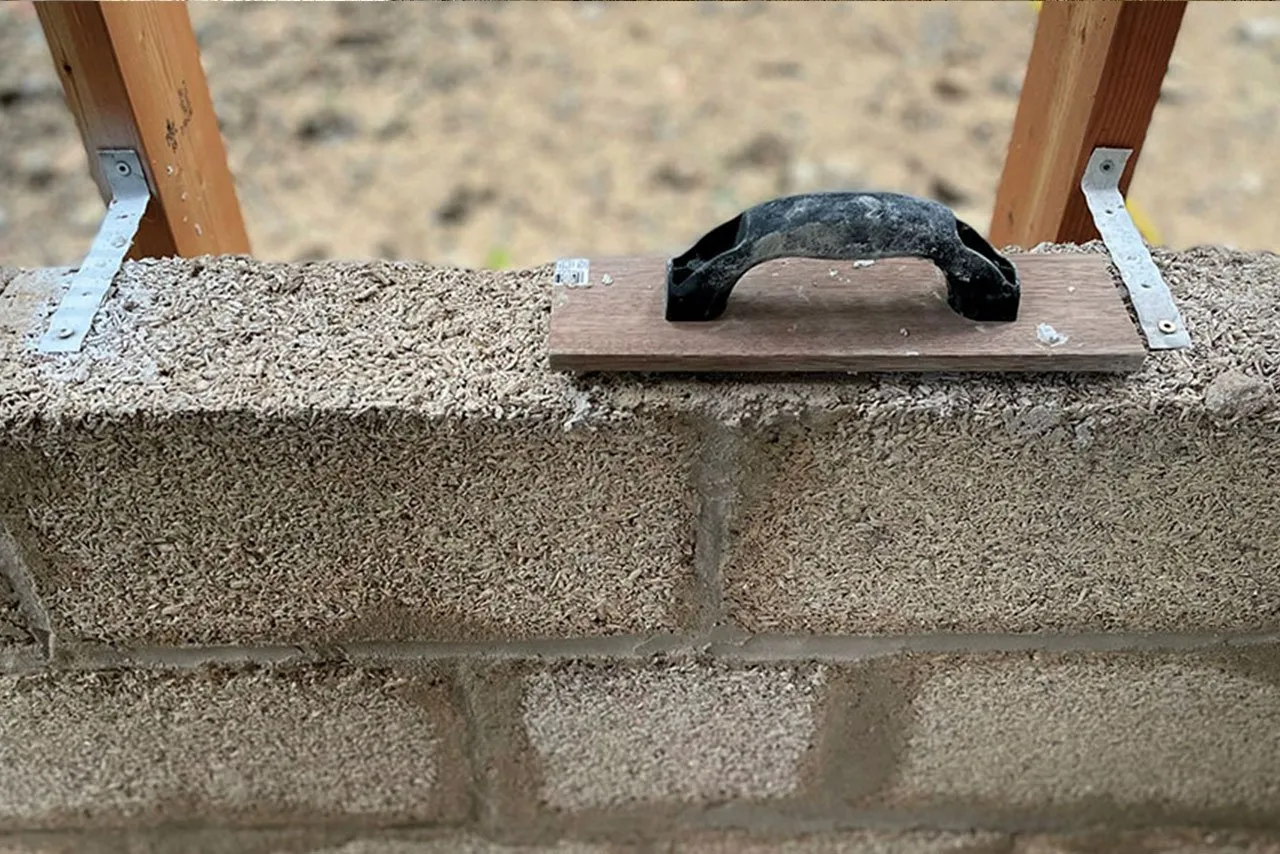The design of buildings must withstand the powerful forces that come with seismic movement. The ductile material of steel, as well as other types are preferred, as they enable buildings to bend in lieu of breaking.
Innovative technology such as shear walls and diaphragms, and cross braces redistribute the force that moves through buildings during shaking. Other technologies like moment-resisting frames enable columns and beams to flex but their joints are stiff, which allows them for absorbing seismic energy.

Strengthening the structural integrity of the seismic zone
It is important to consider flexibility when building in seismic zones. Wood, steel and concrete each have more flexibility over unreinforced brick walls, which tend to be brittle under stress and may not be suitable for buildings that are earthquake-resistant. Roof structures that are lightweight can decrease the pressure on buildings during an earthquake.
Different design methods and innovative materials can further strengthen the earthquake-resistant structure. For instance, cross bracing transmits seismic waves to the ground rather than letting them strike and shake floors and walls. Damping systems or energy dissipation systems are placed between the foundation of a building and the earth to protect the structure from the forces of vibration.
Scientists are working on new materials for structures that can increase their seismic resistance. They have developed shape-memory alloys that maintain their original form even under stress. Also, they’re developing carbon fiber wraps to strengthen the structural elements and da hoc. Engineers from the University of British Columbia recently created a sustainable, fiber-reinforced cementitious composite that could dramatically improve the strength and ductility of constructions made of concrete or brick by putting a fine layer on their surface.
Common Building Materials that are Earthquake Resistant
In the case of building within seismic zones, engineers and architects recommend making use of construction materials that are already earthquake resistant. It is feasible to retrofit older buildings or build new ones with design and materials that are designed to withstand earthquakes.
Most commonly, concrete as well as steel are suggested. The ductility of these materials lets them bend and absorb the impact caused from an earthquake, rather than letting it break the structure and eventually crushing individuals inside.
Other substances like wood and foam can also create a construction with a high seismic resistance. These types of materials can be used in the creation of the “base separation” system, which allows the building to move and not putting stress on its base. Crossbraces, shear walls as well as diaphragms are additional methods to increase seismic resistance. They distribute force generated by shaking through the structure of the building.
Strategies for Seismic Resilience in Construction
Engineers may also utilize other strategies to design seismic-resistant homes as well as buildings. Diaphragms are employed for floors as well as on roofs for the purpose of distributing forces that are lateral. They are used to help absorb the energy of seismic waves.
Another suggestion is to construct structures from materials that are ductile, and which may change shape without causing structural damage in the event of an earthquake. These parts, which are mostly made of steel can absorb seismic vibrations by absorbing the energy of seismic waves and distributing it.
Engineers are also exploring green building materials like the sticky yet rigid fibrous bamboo and mussels along with 3D-printed forms that connect and create a flexible construction for earthquake resistance. Researchers at The University of British Columbia developed a fiber-reinforced composite called eco-friendly ductile cementeditious composite that is malleable and ductile in comparison to concrete reinforced traditional. The material is able to change shape under stress and can be used to make seismic-resistant walls, floors and ceilings.
The importance of building materials that resist earthquakes
People living in areas prone to earthquakes are at a significant danger, however buildings are able to be reinforced and made safer against this natural disaster. A variety of methods for earthquake-proofing structures involve the reduction or redirection of the power of seismic waves. A ductile cementitious composite is one example. It can enhance the durability of concrete and may even improve the resistance of bricks to horizontal stress.
Another method is to use shear walls for transferring vibratory energy, cross bracing that can stop lateral forces, and making floors with diaphragms in order to take in energy and then disperse the energy into sturdy vertical components. Moment-resistant frames are a crucial part of reinforcing a building in order to avoid it collapsing when an earthquake occurs.
Though the common belief was earlier that the larger the structure, the better it was able to withstand an earthquake but new methods of construction have shown this isn’t necessarily valid. Metals and lighter substances can be more resistant than bricks or concrete. They can also be more malleable and can change their shape during an earthquake.
